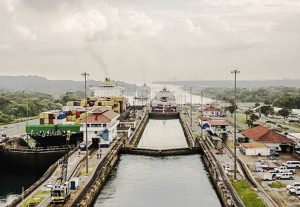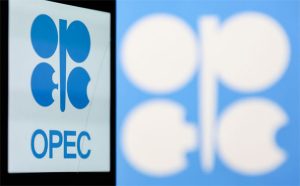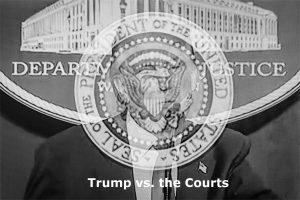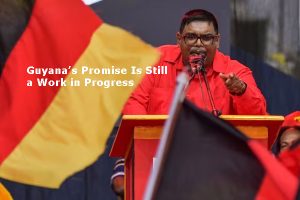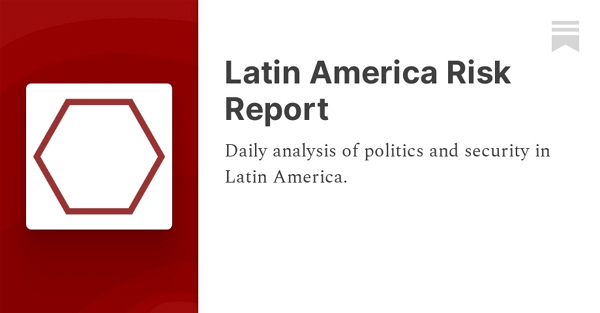
The last time we wrote about Peru, we predicted that more protests and political change would likely occur in the coming 12 months. While a reopening of tourism and the mining sector might signal some political stabilization, we warned:
But even if those signals appear in the short term, new flareups of protests are likely this year. The protests going away for a few weeks won’t mean the disappearance of the anger Peruvians have with the political system.
In the weeks since, Peru has seen a reduction of protests, a reopening of Machu Picchu and an improved mining sector. Yet, all of the polling and the information coming from the ground suggests this is a temporary lull. Peru remains a country that is primed both politically and economically for significant protests and political upheaval. The March poll numbers from IEP suggest 41% of Peruvians believe that the protests are likely to increase.
That same poll shows President Dina Boluarte’s approval at 15% and disapproval at 78%. Congress, as always, is worse with 6% approval and 91% disapproval. When asked about the government’s response to the recent flooding disaster, only 5% thought they did well while 62% think the government response is poor. The crisis could have been an opportunity for the government to regain some political initiative. Instead, the initial judgment of the Peruvian population is that the flooding response has added to their list of failures.
One thing the government can do to avoid additional protests would be to use this temporary lull to schedule new elections. That is a key demand of the population. If there were elections scheduled, even if they were 12 months away, it would create a timeline and a place to direct political energy and make major protests less likely.
Without new elections scheduled, the next round of protests simply awaits a spark.
Given the perceived illegitimacy of the president and legislature by the population, the most likely spark is any move by the government to create significant policy changes. This isn’t a legal or constitutional point. Boluarte is the democratic president of Peru and the Congress was elected by the Peruvian population in the last election. But the perception of the population matters here. The public, which wants new elections and new political leaders, will view major changes in taxes, subsidies, or regulations by the current leadership as an illegitimate power grab.
The other potential spark would be another serious violation of human rights by security forces causing protests to spread again. That means a protest in any mid-sized town in Peru, no matter how small it starts, could set off national anger if managed improperly by the security forces and circulated through social networks. Avoiding that scenario should be top of the mind for the government.
The final potential spark would be a major corruption scandal hitting the current president or the cabinet. The political system is already viewed as quite corrupt. While this is the least likely of the three sparks, specific information could drive people to the streets in Lima more quickly than the other two sparks, which would be more likely to start outside the capital and work their way toward the seat of power if they gain momentum.
I’ll be holding a webinar tomorrow (Wednesday, 29 March) at 11AM EDT about protests and monitoring information about protests. There will be a Q&A for questions on Peru, protests, or whatever else you want answered. You can sign up here.

